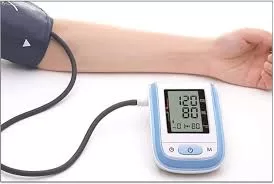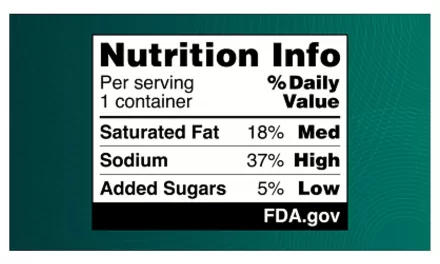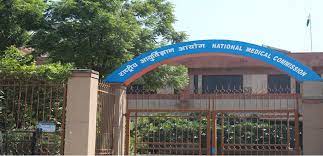A staggering 40 million deaths were avoidable in 2019, according to two newly published papers in Nature Medicine. The research reveals that preventing these deaths could have significant economic implications, with the economic value of reducing avoidable mortality estimated to be equivalent to 23% of the global annual income. This highlights both the human and financial costs of inequities in healthcare access worldwide.
The studies emphasize that many of these deaths could have been prevented or delayed if individuals across all countries had access to the best available healthcare. The findings suggest that populations globally would be willing to sacrifice around one-fifth of their current income in exchange for living at the lowest achieved mortality rate.
“The economic value of reducing these avoidable deaths is equivalent to 23 per cent of annual global income, suggesting that significant health improvements could lead to substantial economic benefits and encouraging policymakers to invest more in health promotion and healthcare,” said Diego S. Cardoso, assistant professor in the Department of Agricultural and Consumer Economics at the University of Illinois Urbana-Champaign and co-author of the papers.
Quantifying Economic Gains from Health Investments
The second paper builds on these findings by quantifying the economic value of reducing avoidable mortality from noncommunicable diseases (NCDs) and injuries. The study highlights the substantial financial benefits that could be gained by focusing on these health interventions, which could lead to more lives saved and significant economic returns in the long run.
According to the research team, the study provides a framework for policymakers to prioritize health interventions by comparing the economic impact of reducing mortality with investments in other sectors. By making health a top priority, countries could reap economic benefits while improving the quality of life for their populations.
A Global and Long-Term Perspective
The researchers evaluated avoidable mortality—defined as the difference between observed mortality and the lowest achievable rates—by region, sex, and age over two decades (2000–2021), with projections extending to 2050.
Under a scenario of rapid progress, where countries experience swift but plausible reductions in mortality from 2019 to 2050, the gap between projected and frontier life expectancy could be halved by 2050. The economic value of achieving this scenario is projected to be equivalent to 14% of global annual income, underscoring the critical role of healthcare improvements in driving economic growth and prosperity.
Policy Implications
The findings highlight the urgent need for policymakers to prioritize healthcare access, especially in regions where mortality rates remain high due to preventable causes. The studies present compelling evidence that improving healthcare systems not only saves lives but also contributes to a country’s economic strength by increasing life expectancy and reducing avoidable deaths.
As countries consider their healthcare policies, these papers provide a clear argument for the economic and societal benefits of investing in healthcare, particularly in reducing deaths from noncommunicable diseases and injuries. With the potential to save millions of lives and boost global economic prosperity, health promotion and prevention should be at the forefront of government agendas worldwide.











